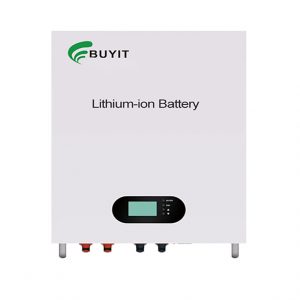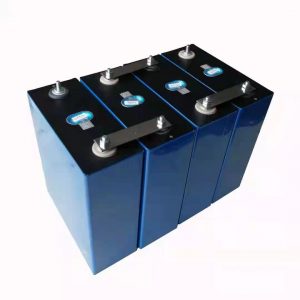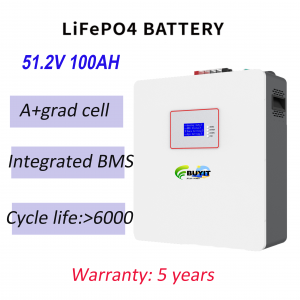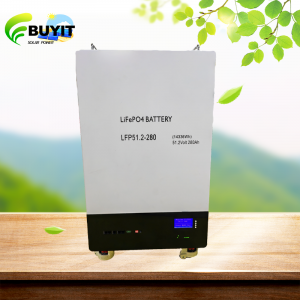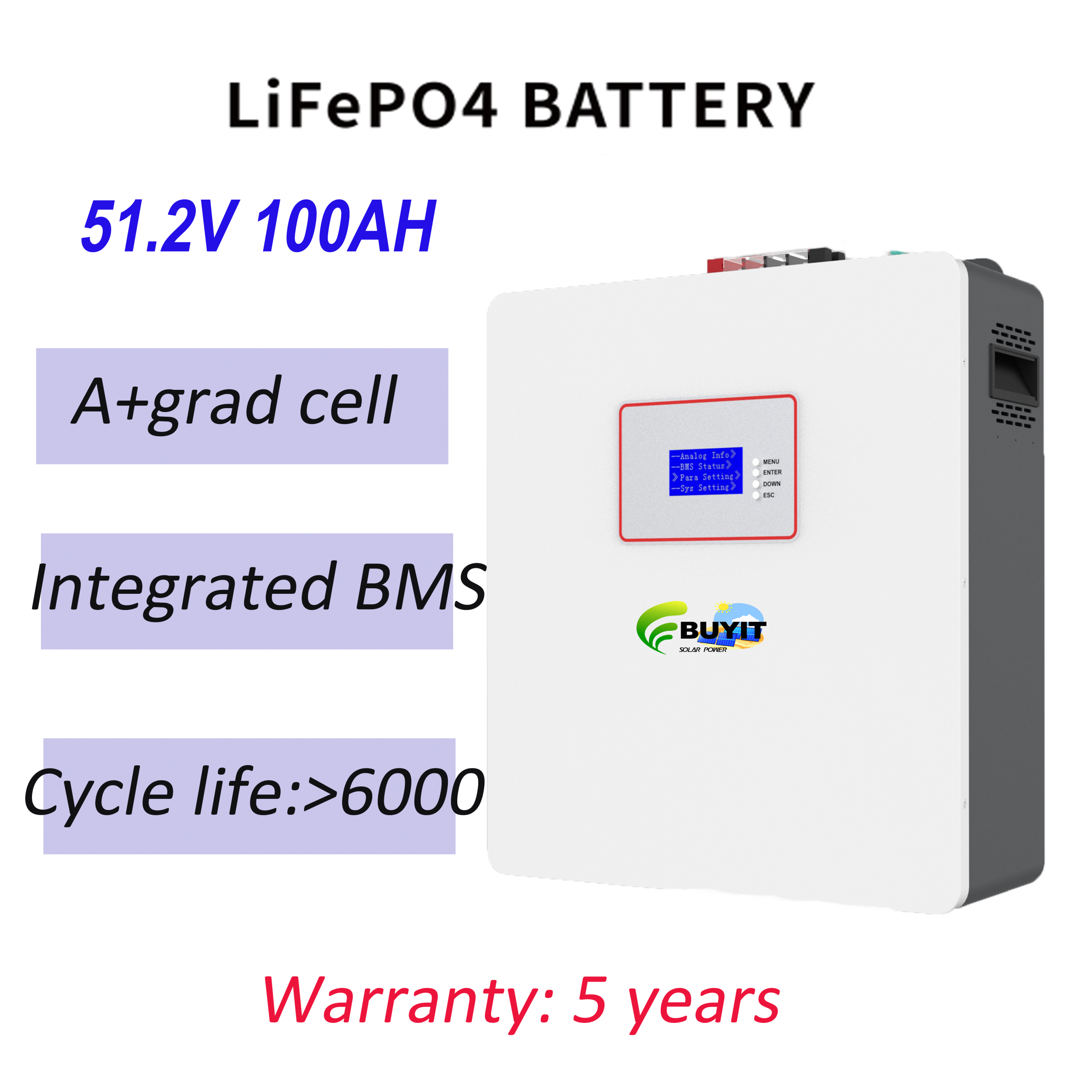
Lithium battery for DOD 80 and DOD 95, which one is better?
DOD 80 and DOD 95 refer to Depth of Discharge (DoD) levels for batteries, with the numbers indicating the percentage of the battery’s capacity that is discharged. DOD 80 means 80% of the battery’s capacity is used before recharging, while DOD 95 means 95% is used. Generally, DOD 80 provides a better balance between capacity utilization and battery longevity, while DOD 95 offers more usable energy per cycle but at the cost of faster degradation.
Here’s a more detailed breakdown:
DOD 80:
- Pros: Extends battery lifespan by reducing stress on battery components.
- Cons: Slightly less usable energy per cycle compared to DOD 95.
- Applications: Suitable for most standard applications where a balance between energy usage and battery longevity is desired.
DOD 95:
- Pros: Allows for more energy extraction per cycle.
- Cons: Significantly reduces overall battery lifespan due to increased stress and faster degradation.
- Applications: Used in situations where maximizing energy usage per cycle is crucial, with an understanding that the battery will need to be replaced sooner.
Key Considerations:
- Battery Type:Lithium-ion batteries can typically handle higher DoD levels (80-95%) with less impact on their lifespan compared to lead-acid batteries.
- Application:Consider the specific needs of your application. If frequent deep discharges are required, DOD 95 might be acceptable, but if long-term reliability is paramount, DOD 80 is often preferred.
- Manufacturer Recommendations:Always refer to the manufacturer’s specifications for the recommended DoD range for your specific battery.
- Temperature:High temperatures can exacerbate the negative effects of deep discharges, so it’s crucial to stay within recommended DoD limits, especially in hot environments.
If you have any others questions about battery, welcome to contact us and know more . What’s app: 008613808405352
